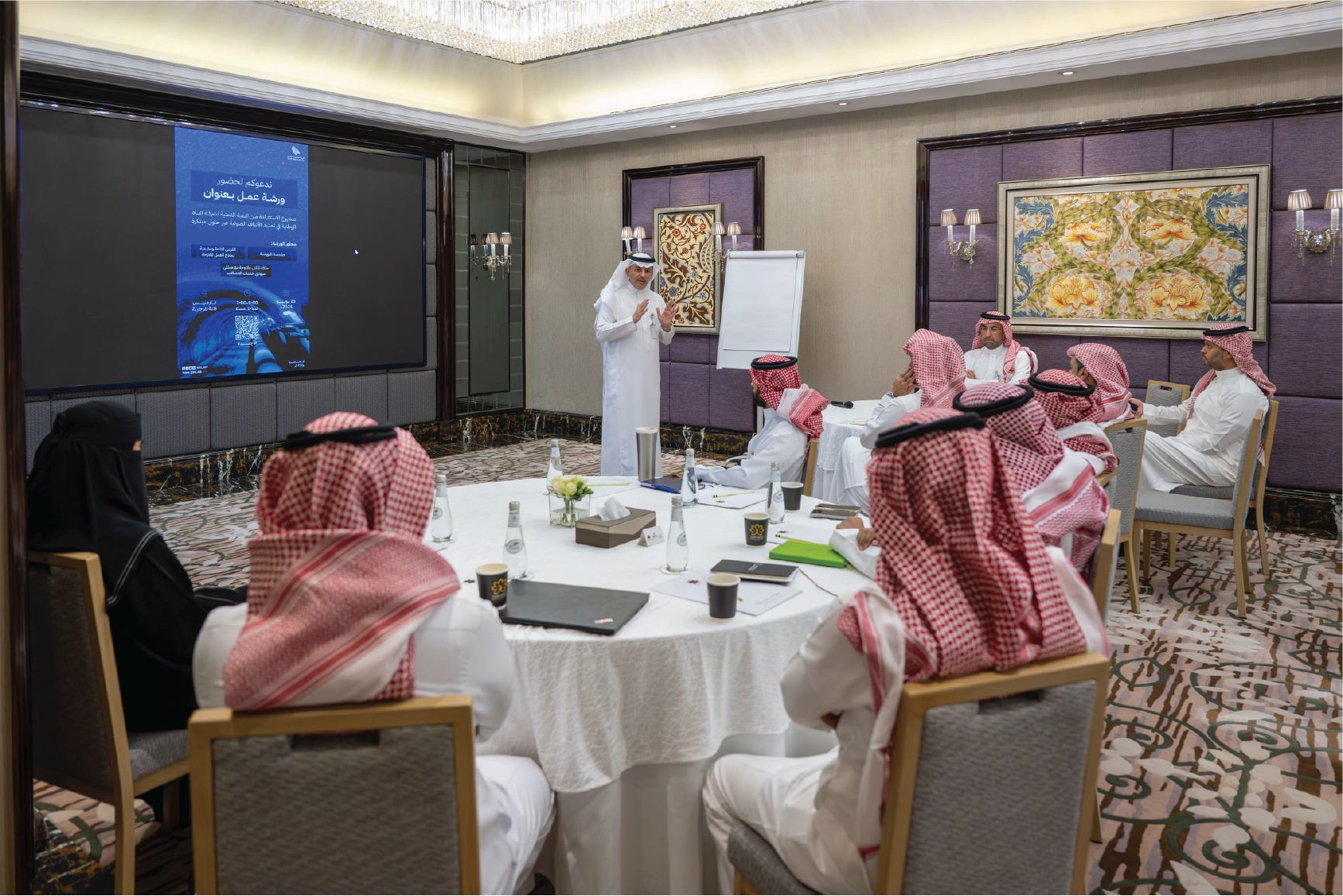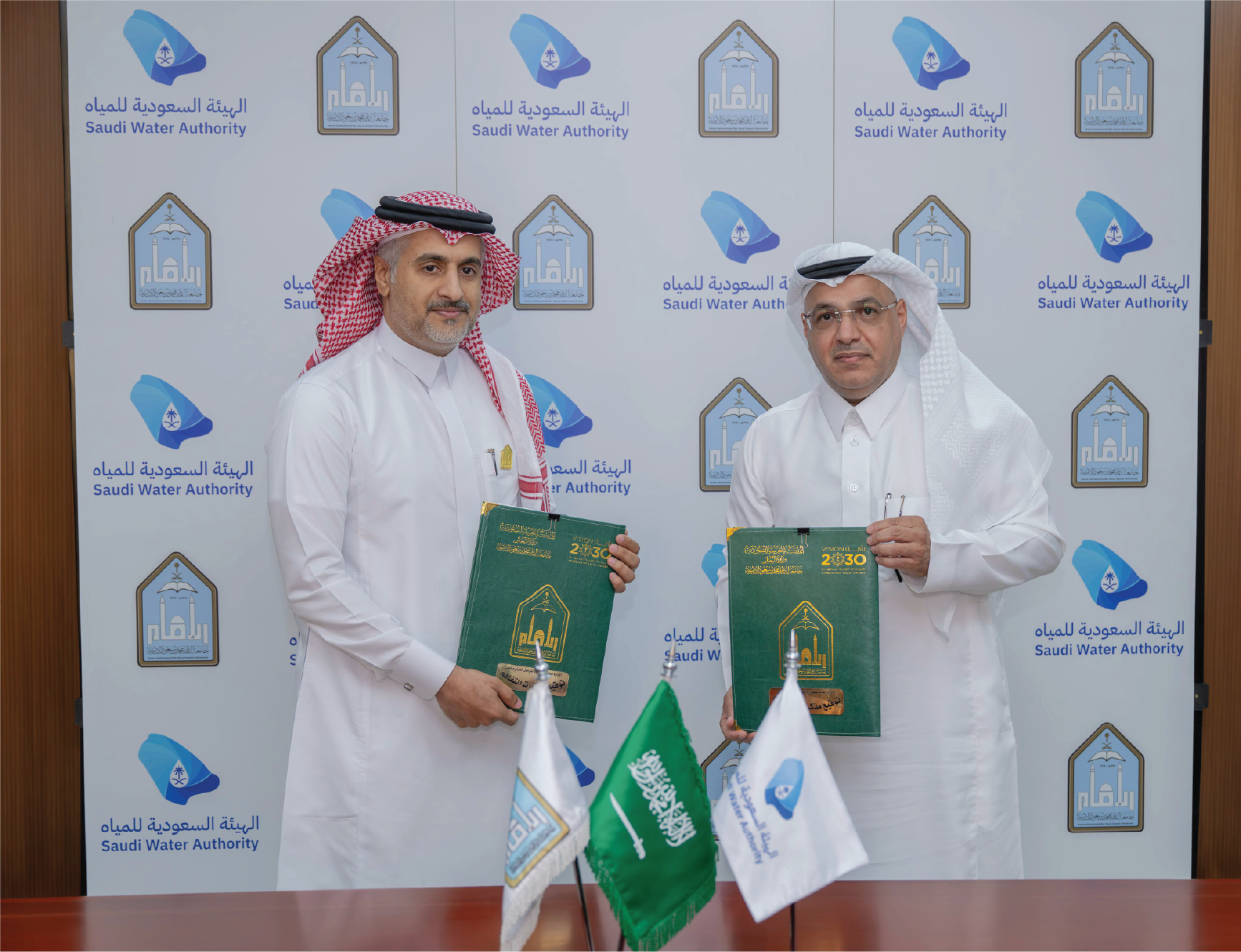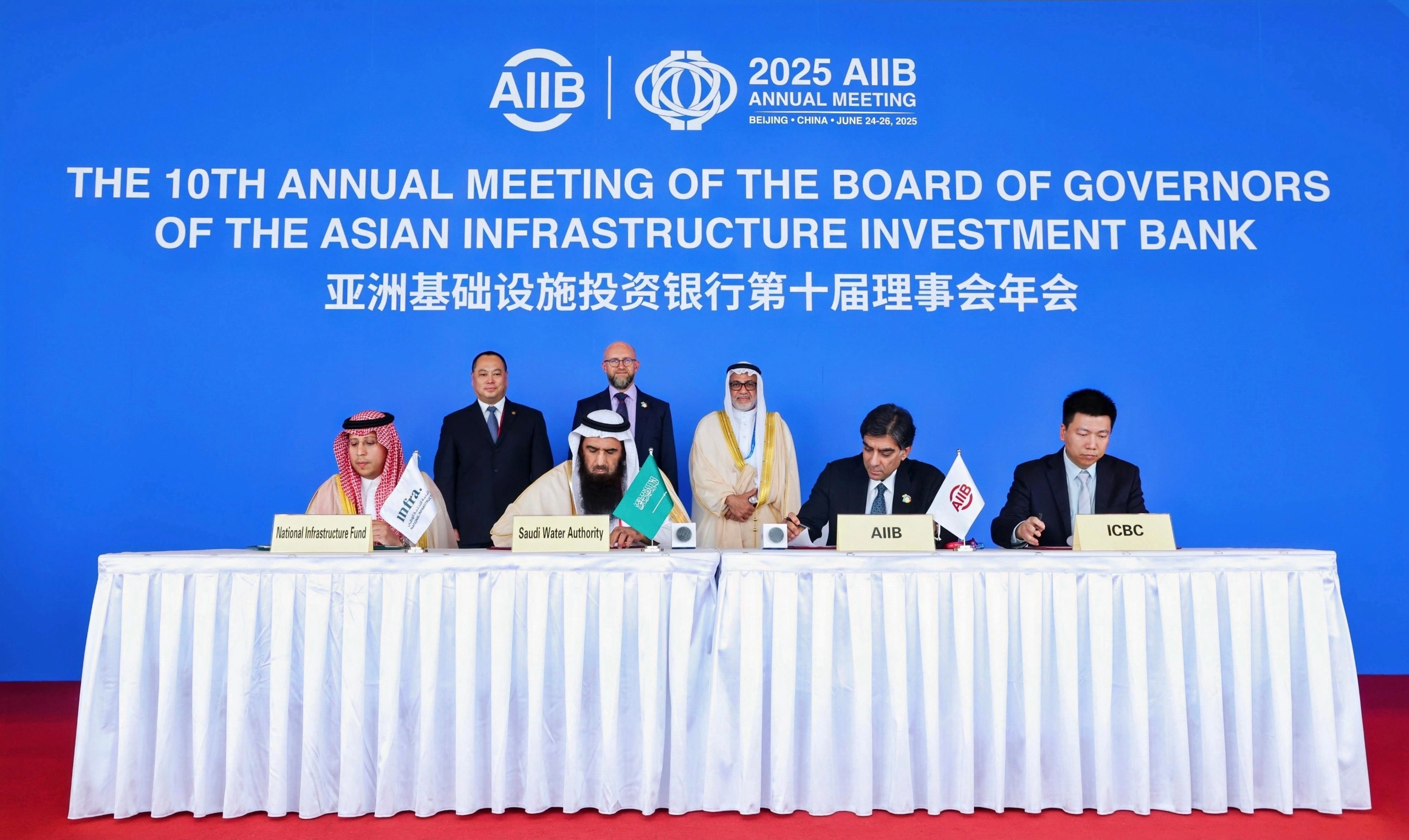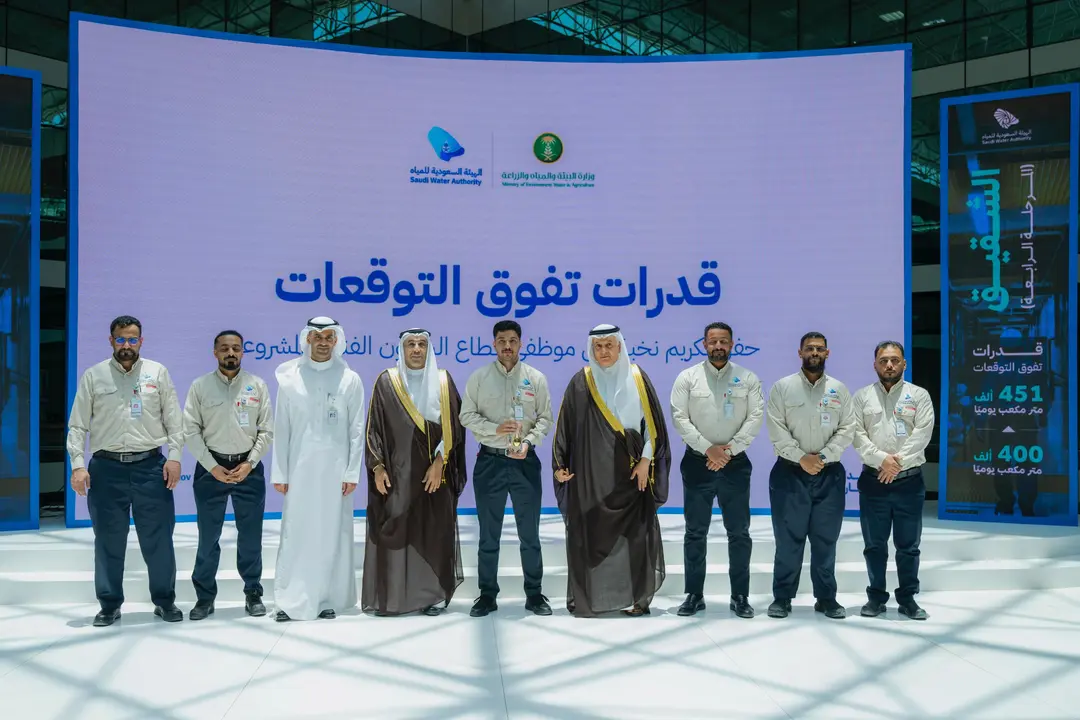The Transformation Journey of Water Supply in Mecca
The Transformation Journey of Water Supply in Mecca
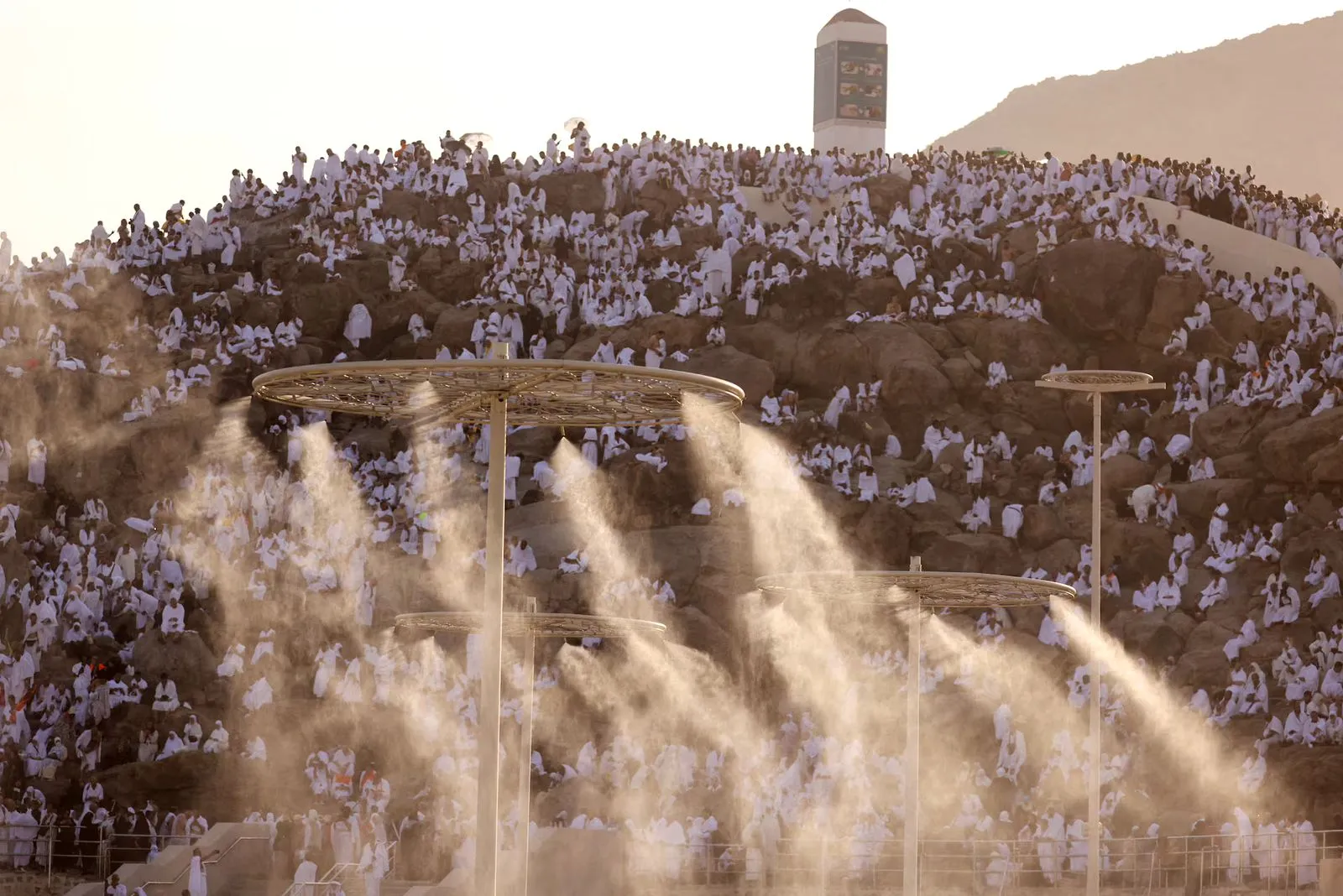
Saudi Arabia - Mecca
.
Jun 15, 2024
The increasing number of pilgrims visiting Mecca and the surrounding Holy Sites each year has historically posed a challenge due to water scarcity, affecting the sacred journey of Hajj.
Over the centuries, the dry desert climate of the Arabian Peninsula only heightened the water shortage until the historic intervention of the "Ain Zubaida" project. Initiated by Zubaidah bint Jafar ibn Al-Mansur, wife of the Caliph Harun al-Rashid approximately 1200 years ago, this project facilitated water transportation from the Wadi Numan to Mecca, alleviating the pilgrims’ struggle for water.
Under the current government of Custodian of the Two Holy Mosques, King Salman bin Abdulaziz Al Saud, significant strides have been made in desalination technologies since the establishment of the first desalination unit in 1348 AH. This led to the development of major desalination plants on the Red Sea coast in Jeddah in 1401 AH, and later in Shuaibah in 1409 AH, marking a continuous effort to bolster the Kingdom's freshwater resources.
This year, the Saudi Water Authority (SWA) oversaw the initiation of the first pump at the second pumping station in Al Jamoum Governorate. This project is part of the "Rabigh-Jeddah-Mecca" water transmission project, costing over 4 billion SAR and featuring approximately 650 km of pipelines, to ensure a steady water supply for the Mecca region in line with the Saudi Vision 2030.
The Water Transmission and Technologies Co. later finalized its operational readiness, now capable of supplying up to 1.3 million cubic meters of water daily to the Mecca region. This expansion followed the full activation of the Al Mughmas tanks, which exceeded their designed storage capacity by more than one million cubic meters.
Additionally, the efficiency of pumping stations was increased to 125% of their designed capacity, with operational storage levels raised to 98% of the design capacity. High-efficiency business continuity plans have been implemented to meet the water needs of the pilgrims with the utmost quality and reliability.
SWA has confirmed the readiness of its operational water system in production, transmission, storage, and distribution to meet the increased water demand and enhance services throughout this year's Hajj season. This effort is in accordance with the directives of the wise leadership to devote all efforts to serving the pilgrims of the Holy Mosque and achieving the goals of the Saudi Vision 2030 to ensure ease and tranquility for the pilgrims as they perform their rituals.
SWA announced during the Hajj season that the water system successfully distributed approximately one billion liters in Mecca and the Holy Sites on the Day of Tarwiyah, as part of its operational plan to secure supplies for the pilgrims and all beneficiaries during the Hajj season, and also meeting the increased water demand for the Day of Arafah, Eid al-Adha, and the following days of Tashreeq, having boosted supply capacities to record highs compared to last year.
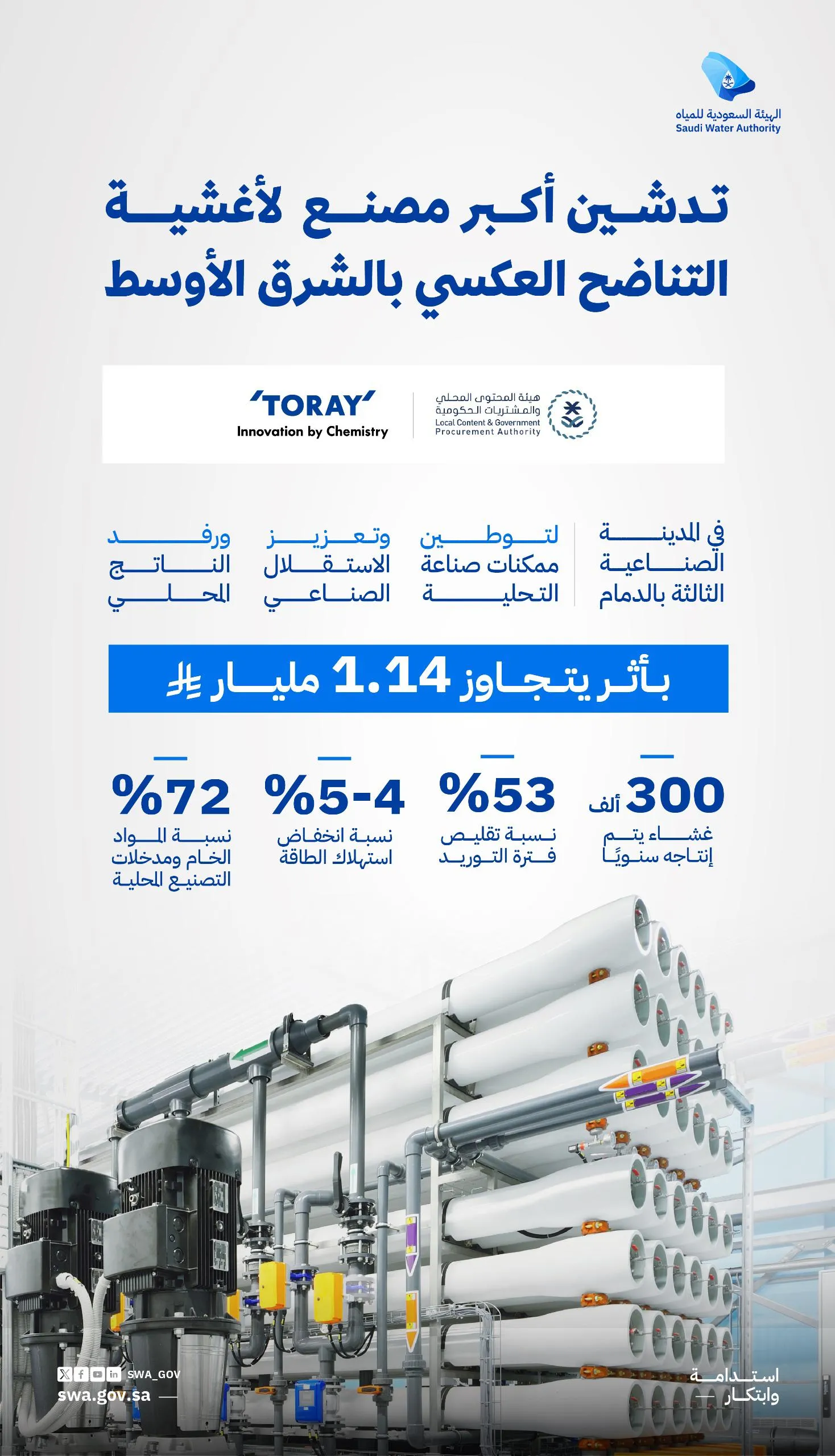
_result_2025_07_09_11_08_15_406_6638ab.webp)
